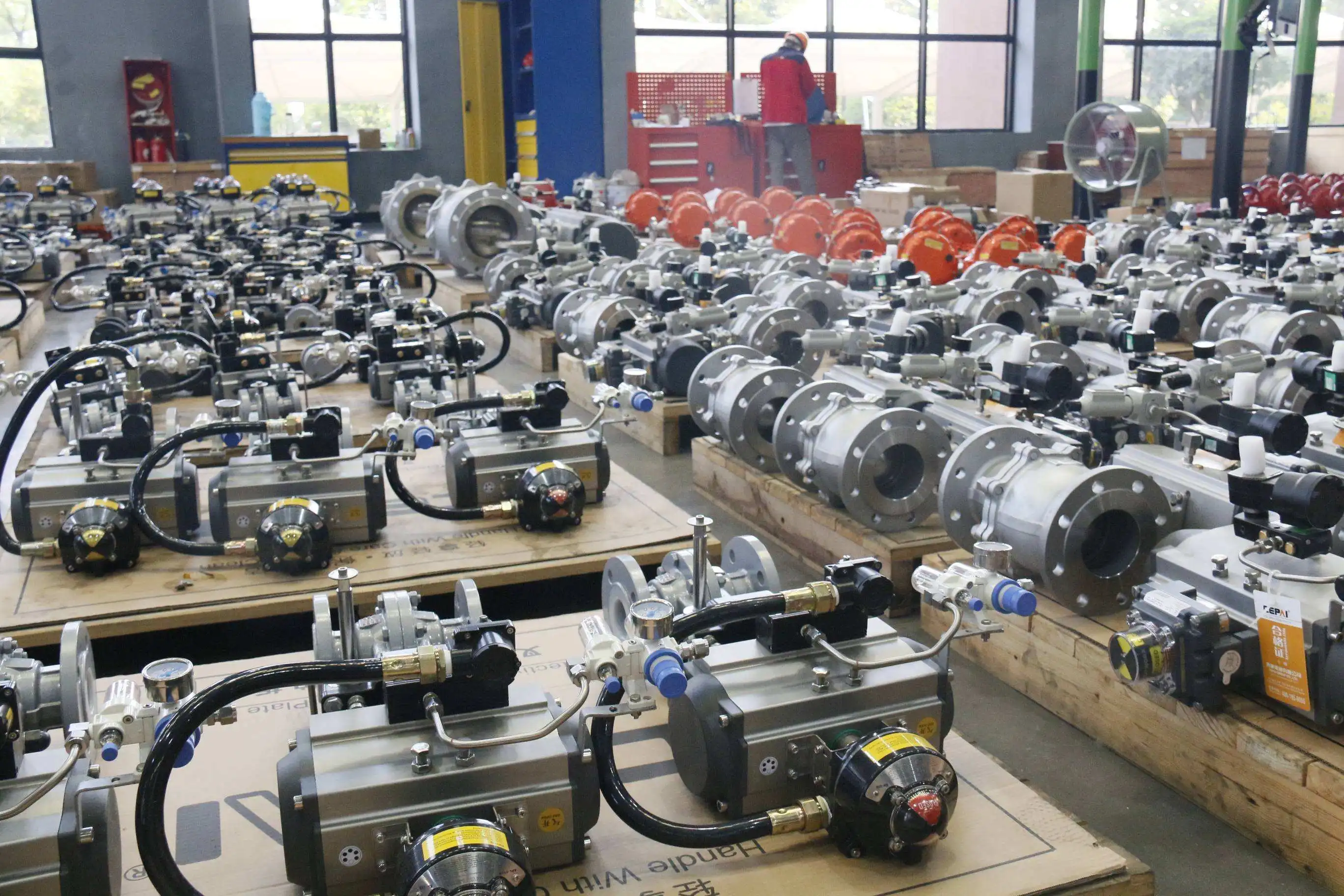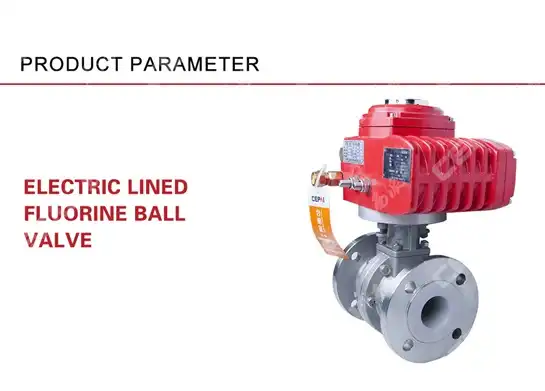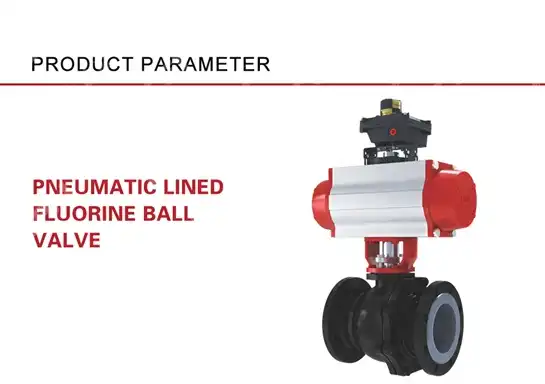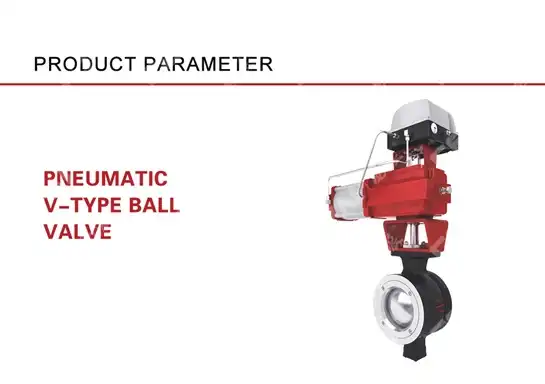How to Troubleshoot and Repair Your Electric Ball Valve?
Picture this scenario: Your production line suddenly shuts down in the middle of peak hours, causing thousands of dollars in lost revenue. The culprit? A malfunctioning Electric Ball Valve that should have been maintaining precise flow control in your critical process system. When your Electric Ball Valve starts acting up, exhibiting symptoms like inconsistent operation, unusual noises, or complete failure to respond to control signals, you need immediate solutions. This comprehensive guide provides you with the essential knowledge to diagnose common Electric Ball Valve problems, implement effective repair strategies, and prevent costly downtime. Whether you're dealing with actuator malfunctions, seal failures, or control system issues, understanding proper troubleshooting techniques can save your operations from expensive emergency repairs and extended shutdowns.
Understanding Electric Ball Valve Components and Common Failure Points
-
Essential Components of Electric Ball Valve Systems
Electric Ball Valve systems consist of several interconnected components that work together to provide precise flow control. The primary elements include the valve body housing a spherical ball with a bore through its center, an electric actuator that provides the rotational force, control circuits that process input signals, and various sealing elements that prevent leakage. The Electric Ball Valve actuator typically operates on 220V or 380V power supply and responds to 4-20mADC control signals, making it suitable for automated industrial processes. Understanding these components is crucial because failure in any single element can compromise the entire system's performance. The valve body materials such as WCB, WC6, WC9, LCB, CF8, or CF8M are selected based on the specific application requirements and media compatibility. The V-shaped ball design in advanced Electric Ball Valve models provides superior truncation performance and enhanced fluid control capabilities compared to traditional full-port designs. Internal materials like 304+PTFE, 316+PTFE, 304, 316, 304L, or 316L combinations ensure chemical compatibility and longevity in harsh operating environments. The sealing system, typically comprising PTFE or flexible graphite packing, maintains leak-tight performance throughout the valve's operational life.
-
Identifying Critical Failure Modes in Electric Ball Valves
Electric Ball Valve failures typically manifest in predictable patterns that experienced technicians can quickly identify. Actuator-related failures represent the most common category, often resulting from electrical issues, mechanical wear, or control system malfunctions. The electric actuator's advanced control technology provides stable and reliable performance, but components like limit switches, position feedback systems, and motor drives can deteriorate over time. Environmental factors such as temperature extremes beyond the -30 to +70°C operational range can also contribute to premature actuator failure. Seal degradation represents another critical failure mode, particularly affecting Electric Ball Valve performance in corrosive environments. The PTFE and flexible graphite sealing materials are designed to resist chemical attack, but prolonged exposure to aggressive media or temperature cycling can cause hardening, cracking, or extrusion. Body and ball wear, though less common due to the robust construction materials, can occur in applications involving abrasive media or frequent cycling. Understanding these failure modes enables proactive maintenance strategies that extend Electric Ball Valve service life and maintain system reliability.
Systematic Troubleshooting Approach for Electric Ball Valve Malfunctions
-
Step-by-Step Diagnostic Procedures
Effective Electric Ball Valve troubleshooting requires a systematic approach that eliminates guesswork and minimizes diagnostic time. Begin by documenting the symptoms, including the specific malfunction behavior, operating conditions when the problem occurred, and any recent maintenance activities. Verify that the power supply voltage matches the actuator specifications, typically 220V or 380V, and check for proper electrical connections at the control panel and actuator terminal box. Use a multimeter to measure voltage, current draw, and signal integrity at various points in the control circuit. The diagnostic process should progress logically from external observations to internal component inspection. Start with visual examination of the Electric Ball Valve assembly, looking for obvious signs of damage, corrosion, or mechanical interference. Check the actuator position indicator against the control signal to identify discrepancies that might indicate feedback system problems. For valves equipped with positioners, verify the 4-20mADC input signal matches the expected valve position. Document all findings systematically to establish patterns that might reveal root causes rather than just symptoms.
-
Advanced Diagnostic Techniques for Complex Issues
When basic troubleshooting fails to identify the problem, advanced diagnostic techniques become necessary for Electric Ball Valve systems. Vibration analysis can reveal bearing wear, coupling problems, or internal mechanical issues before they progress to complete failure. Thermal imaging identifies hot spots that might indicate electrical problems, friction points, or inadequate lubrication in the actuator mechanism. For valves with remote monitoring capabilities, trend analysis of historical performance data can reveal gradual degradation patterns that predict impending failures. Current signature analysis provides deep insights into Electric Ball Valve actuator health by examining the electrical current waveform during operation. Abnormal current spikes, harmonics, or phase imbalances can indicate motor problems, mechanical binding, or control circuit issues. Pressure testing using calibrated instruments verifies that the valve achieves proper shutoff performance according to ANSI B16.104 Level IV standards for metal seats or Level VI standards for soft seats. These advanced techniques require specialized equipment and trained personnel but provide definitive diagnosis of complex problems that resist conventional troubleshooting approaches.

Electric Ball Valve Actuator Repair and Maintenance Procedures
-
Motor and Drive System Restoration
Electric Ball Valve actuator motors require specific maintenance procedures to ensure reliable operation and extended service life. Begin motor restoration by completely disconnecting power and verifying zero energy state using lockout/tagout procedures. Remove the motor from the actuator assembly and conduct comprehensive visual inspection for signs of overheating, contamination, or mechanical damage. Clean the motor housing, cooling fins, and electrical connections using appropriate solvents and compressed air, ensuring complete removal of accumulated debris and contaminants. Electrical testing should include insulation resistance measurement between windings and ground, continuity testing of all windings, and verification of proper phase relationships in three-phase motors. Replace brushes in brushed motors if wear exceeds manufacturer specifications, and inspect commutator surfaces for scoring, burning, or irregular wear patterns. For brushless motors common in modern Electric Ball Valve applications, focus on bearing condition, rotor balance, and sensor functionality. Reassemble the motor using proper torque specifications and high-temperature bearing grease suitable for the operating environment.
-
Control Circuit and Feedback System Repair
Electric Ball Valve control circuits integrate multiple components including position controllers, feedback devices, and safety interlocks that require systematic repair approaches. Start by creating detailed wiring diagrams or photographs before disconnecting any components to ensure proper reassembly. Test each circuit element individually using appropriate instruments, including digital multimeters, oscilloscopes, and signal generators. Pay particular attention to the 4-20mADC signal paths, ensuring proper impedance matching and signal integrity throughout the control loop. Position feedback systems in Electric Ball Valve applications often utilize potentiometers, encoders, or limit switches that can drift or fail over time. Calibrate position feedback devices using precision measurement tools and adjust them according to manufacturer specifications. Replace any components showing signs of wear, corrosion, or erratic behavior. For valves equipped with intelligent positioners, use manufacturer-specific calibration software to optimize performance parameters and verify proper response to control signals. Document all calibration settings and repair actions for future reference and trending analysis.
Seal Replacement and Leak Repair Strategies
-
Identifying Seal Failure Modes and Root Causes
Electric Ball Valve seal failures manifest in various forms, each requiring specific repair strategies for effective resolution. External leakage through stem packing represents the most visible seal failure mode, often caused by packing compression loss, material degradation, or stem surface damage. Internal leakage past the ball and seat interface typically results from foreign debris, thermal cycling damage, or normal wear from extended service. Understanding the specific failure mode guides the selection of appropriate repair materials and procedures. PTFE sealing materials in Electric Ball Valve applications can experience cold flow, chemical attack, or mechanical damage that compromises sealing performance. Flexible graphite packing provides superior high-temperature performance but can become brittle in extreme thermal cycling conditions. Evaluate the operating environment carefully to ensure replacement seals match the specific service conditions, including temperature range, chemical compatibility, and pressure requirements. The Electric Ball Valve design with V-shaped ball geometry provides enhanced sealing performance compared to conventional designs, but requires specific seal configurations to achieve optimal results.
-
Professional Seal Replacement Procedures
Electric Ball Valve seal replacement requires careful attention to cleanliness, material compatibility, and assembly procedures to achieve reliable results. Begin by completely isolating the valve from system pressure and draining all fluids according to safety procedures. Remove the actuator from the valve body if necessary to access internal sealing surfaces, taking care to protect precision surfaces from damage during disassembly. Clean all sealing surfaces using appropriate solvents and inspect for scoring, corrosion, or other damage that might compromise seal performance. Install new seals using proper techniques that prevent damage during assembly, including the use of seal installation tools, appropriate lubricants, and controlled compression procedures. For PTFE seals, avoid excessive compression that can cause extrusion or premature failure. Apply flexible graphite packing in layers with proper orientation and compression to achieve uniform sealing pressure. The Electric Ball Valve reassembly process should follow torque specifications exactly, using calibrated tools to ensure proper preload on all fasteners. Perform pressure testing after reassembly to verify leak-tight performance before returning the valve to service.
Preventive Maintenance Programs for Electric Ball Valve Reliability
-
Developing Comprehensive Maintenance Schedules
Effective Electric Ball Valve preventive maintenance requires structured scheduling based on operating conditions, service history, and manufacturer recommendations. Establish inspection intervals that balance maintenance costs with reliability requirements, typically ranging from monthly visual inspections to annual comprehensive overhauls. Critical service applications may require more frequent attention, while less demanding applications can extend maintenance intervals without compromising reliability. Document all maintenance activities to establish trending data that guides future scheduling decisions. The preventive maintenance program should address all Electric Ball Valve components systematically, including actuator lubrication, electrical connection inspection, calibration verification, and performance testing. Schedule major overhauls during planned plant shutdowns to minimize production impact while ensuring thorough inspection and repair of wear items. Maintain adequate spare parts inventory based on failure history and lead times for critical components. The Electric Ball Valve intelligent manufacturing approach incorporates predictive maintenance features that can optimize scheduling based on actual equipment condition rather than arbitrary time intervals.
-
Performance Monitoring and Condition Assessment
Modern Electric Ball Valve systems provide extensive diagnostic capabilities that enable condition-based maintenance strategies. Monitor key performance indicators including actuator current draw, position accuracy, response time, and seal leakage rates to identify developing problems before they cause failures. Establish baseline performance data when valves are new or newly overhauled, then track changes over time to predict maintenance needs. The 4-20mADC feedback signals provide continuous indication of valve position and can reveal developing problems through trend analysis. Implement remote monitoring systems where practical to enable continuous assessment of Electric Ball Valve performance without requiring personnel access to potentially hazardous areas. Data logging systems can capture intermittent problems that might be missed during periodic inspections, providing comprehensive equipment health information. Establish alarm thresholds for critical parameters that trigger maintenance notifications before problems progress to failure. The integration of artificial intelligence and machine learning technologies in modern monitoring systems can predict failures with increasing accuracy, enabling truly proactive maintenance strategies that maximize Electric Ball Valve reliability while minimizing maintenance costs.
Conclusion
Effective troubleshooting and repair of Electric Ball Valve systems requires systematic approaches, proper diagnostic tools, and comprehensive understanding of component interactions. By implementing the strategies outlined in this guide, maintenance teams can significantly reduce unplanned downtime, extend equipment life, and maintain optimal system performance in critical industrial applications.
Cooperate with CEPAI Group Co., LTD.
CEPAI Group Co., LTD. stands as China's premier Electric Ball Valve manufacturer, combining cutting-edge intelligent manufacturing with over 15 years of industry expertise. Located in Jiangsu Province's advanced industrial zone, our 56,000 square meter facility represents the pinnacle of modern valve manufacturing technology. As a China Electric Ball Valve factory, we've invested 156 million yuan in creating the longest high-precision intelligent manufacturing flexible production line in the Asia Pacific region, ensuring every Electric Ball Valve meets the highest quality standards.
Our comprehensive product range extends beyond Electric Ball Valve systems to include Pneumatic Control Valves, Electric Control Valves, Pneumatic Ball Valves, Pneumatic Butterfly Valves, Electric Butterfly Valves, and Fluorine Lined Valves. As a trusted China Electric Ball Valve supplier, we maintain strategic partnerships with industry giants including PetroChina, Sinopec, CNOOC, and China Datang Group. Our High Quality Electric Ball Valve products feature V-shaped ball designs, nominal diameters from DN15-450mm, and pressure ratings up to ANSI 600, all manufactured under strict ISO 9001, ISO 14001, and ISO 45001 certified quality systems.
Ready to experience the CEPAI difference? Our team of technical experts provides comprehensive pre-sales consultation, customized solutions, and lifetime after-sales support. Whether you need Electric Ball Valve for sale, competitive Electric Ball Valve price quotations, or China Electric Ball Valve wholesale opportunities, contact us at cepai@cepai.com. Join industry leaders worldwide who trust CEPAI as their preferred China Electric Ball Valve manufacturer for mission-critical applications.
FAQ
Q: What are the most common signs that an Electric Ball Valve needs immediate attention?
A: Key warning signs include erratic position feedback, unusual actuator noises, visible external leakage, failure to respond to control signals, and excessive current draw during operation.
Q: How often should Electric Ball Valve actuators be calibrated?
A: Calibration frequency depends on service conditions, but typically ranges from quarterly for critical applications to annually for standard service, with additional calibration after any repair work.
Q: Can Electric Ball Valve seals be repaired in place, or must the valve be removed from service?
A: Most seal repairs require valve removal from service for safety and access reasons, though some stem packing adjustments may be performed online with proper safety precautions.
Q: What voltage fluctuations can Electric Ball Valve actuators tolerate without damage?
A: Most quality actuators tolerate ±10% voltage variation from rated values (220V/380V), but sustained operation outside these limits can cause overheating and premature failure.
References
1. "Industrial Valve Maintenance and Repair Handbook" by Robert L. Sanks, American Water Works Association
2. "Automated Valve Control Systems: Design, Installation, and Troubleshooting" by Michael J. Thompson, Process Control Engineering
3. "Electric Actuator Performance and Reliability in Industrial Applications" by David K. Peterson, Instrumentation Society of America
4. "Seal Technology in Fluid Power Applications: Materials and Design Principles" by Jennifer M. Williams, Fluid Power Society

Get professional pre-sales technical consultation and valve selection services, customized solution services.

About CEPAI



